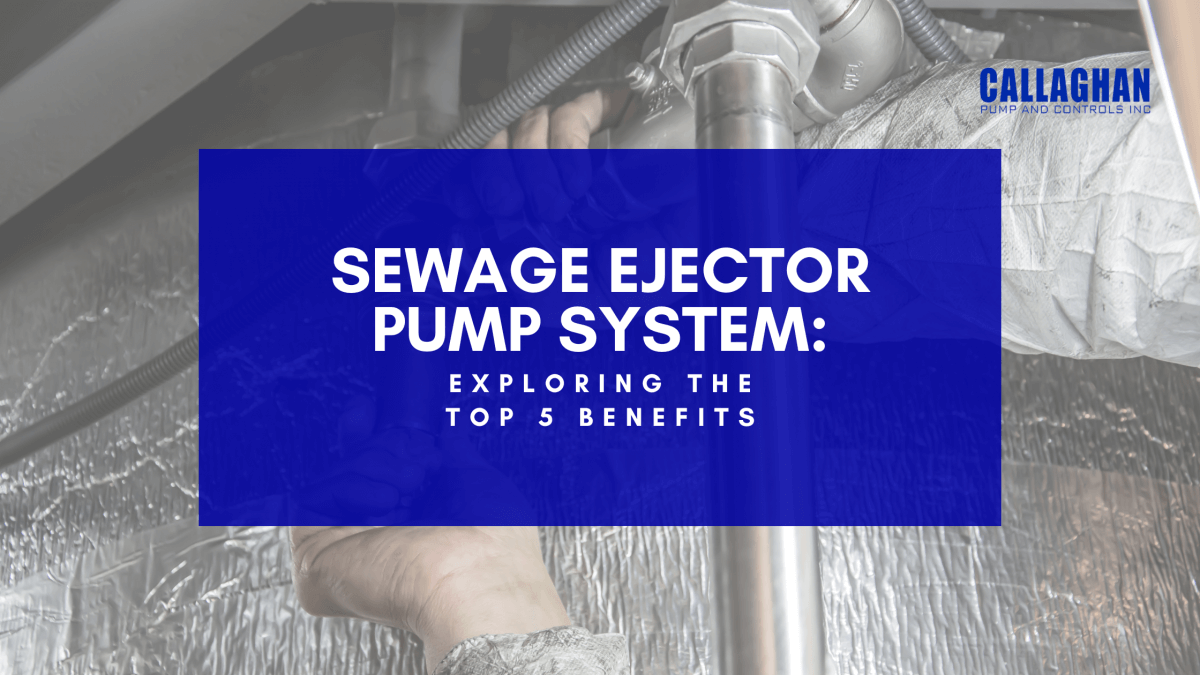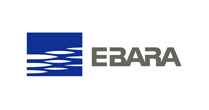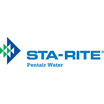When it comes to Water Pressure Booster Pumps, they have a wide range of uses in residential, commercial, and industrial settings. These pumps are designed to increase water pressure in plumbing systems and are used when the existing water pressure is insufficient to meet the water demand. They are placed before the main pump and provide the necessary suction head for the feed pumps.
Applications of Domestic Water Booster Pumps
The applications of domestic water pump systems vary depending on the specific needs of the location. Below are some common uses of water pressure booster pumps:
- Residential Uses
Homeowners like to have consistent pressure when showering, watering plants, or washing dishes. Insufficient water pressure can easily ruin their experience. Changing water usage patterns over time often contributes to decreased pressure.
You can use a well pump, but it may not have enough power to transport water to the dwelling. An appropriately sized booster pump can reach the water table. It can provide an improved shower experience and ensure adequate faucet pressure while making washing dishes and hands more efficient.
- Commercial Uses
Let’s say you are a building manager for a six-story apartment building. The first three floors get enough pressure, but others struggle. A lack of sufficient water pressure is not just a minor inconvenience but a prohibitive loss in terms of money, time, and efficiency.
Domestic water pump systems could be the right choice for you and your application. A pressure booster pump can add to electrical costs, so consider cost, space, and installation. Also, do not forget to factor in the cost of replacement parts and accessories like pipe fittings, nuts, valves, pressure gauges, etc.
Hotels and resorts are great applications of booster pumps. They use pumps to maintain high-quality showers and provide consistent water pressure to guest rooms and amenities. Office buildings rely on booster pumps to maintain water pressure on multiple floors, ensuring restrooms and kitchens operate smoothly.
- Industrial Uses
Manufacturing industries often use water pressure booster pumps to supply high-pressure water for various manufacturing processes, such as cutting, cooling, and cleaning. Other examples include water treatment plants, where booster pumps are crucial in maintaining water pressure throughout the water treatment and distribution process.
Agricultural uses of booster pumps include irrigation, water distribution, and water wells. Remember that proper installation, maintenance, and monitoring are essential to prolong the pump’s life and ensure it performs as intended.
When looking for a reliable Booster Pump, it is important to buy it from a reputable dealer and have the pump installed by a qualified professional.
Contact us for more information!














